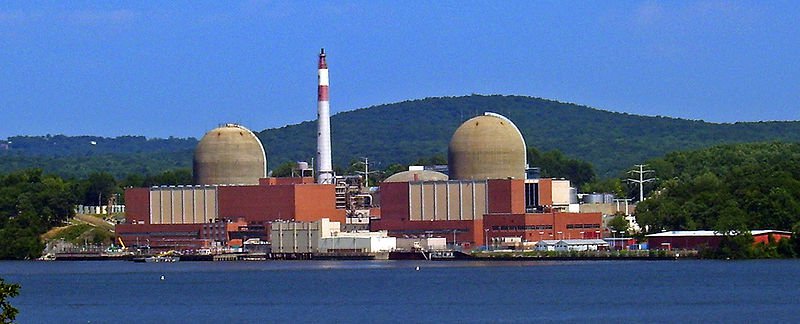For the third time in a decade, a major fire/explosion has ripped apart a transformer at the Indian Pointreactor complex.
News reports have taken great care to emphasize that the accident happened in the “non nuclear” segment of the plant.
Ironically, the disaster spewed more than 15,000 gallons of oil into the Hudson River, infecting it with a toxic sheen that carried downstream for miles. Entergy, the nuke’s owner, denies there were PCBs in this transformer.
It also denies numerous studies showing serious radioactive health impacts on people throughout the region.
You can choose whether you want to believe the company in either case.
But PCBs were definitely spread by the last IP transformer fire. They re-poisoned a precious liquid lifeline where activists have spent decades dealing with PCBs previously dumped in by General Electric, which designed the reactors at Fukushima.
Meanwhile, as always, the nuclear industry hit the automatic play button to assure us all that there was “no danger” to the public and “no harmful release” of radiation.
But what do we really know about what happened and could have happened this time around?
At an integrated system like a reactor complex, are there really any significant components whose impacts are totally removed from the ability to touch off a nuclear disaster?

